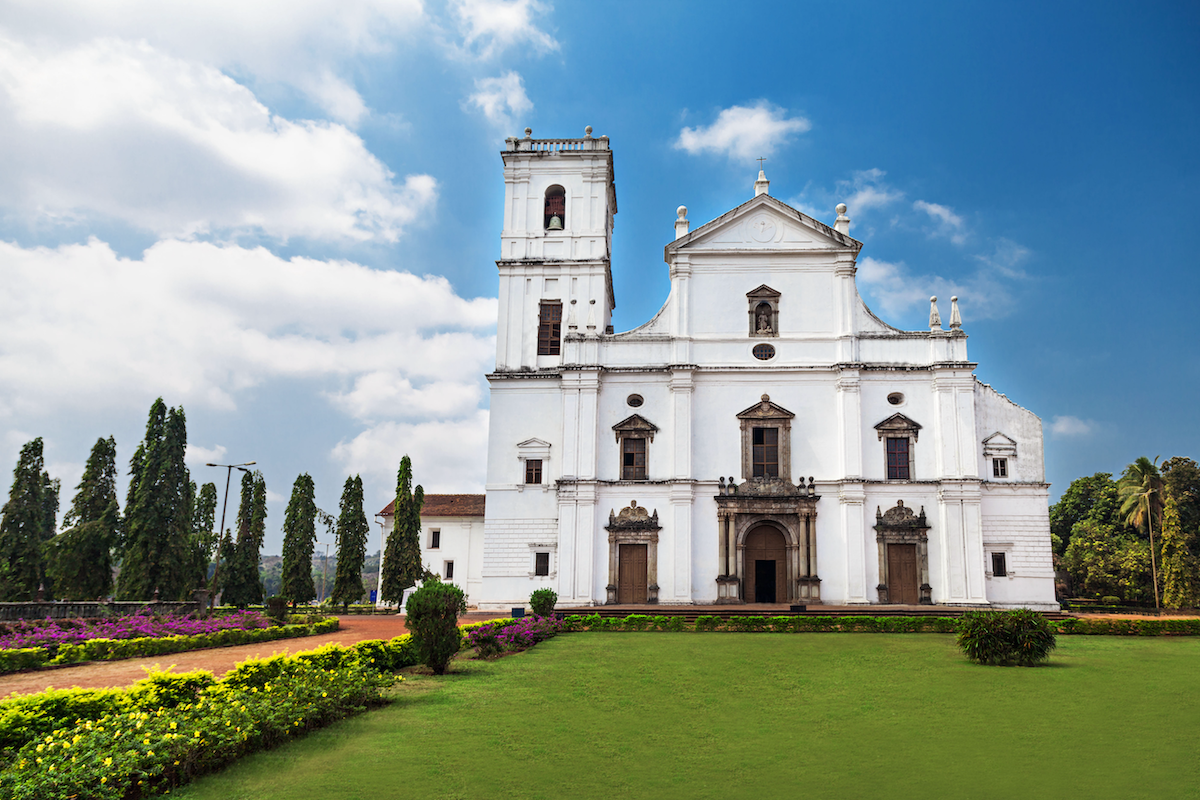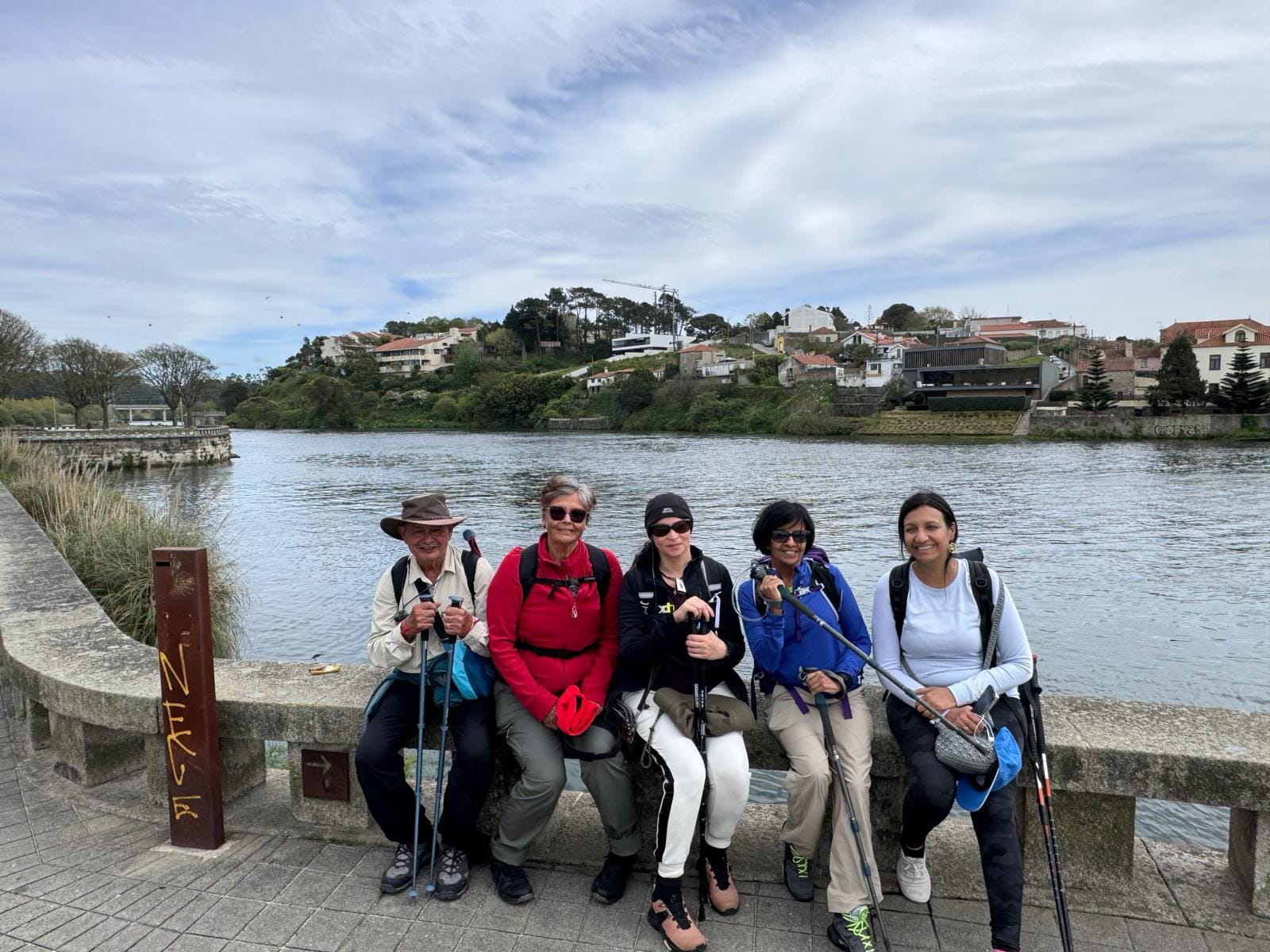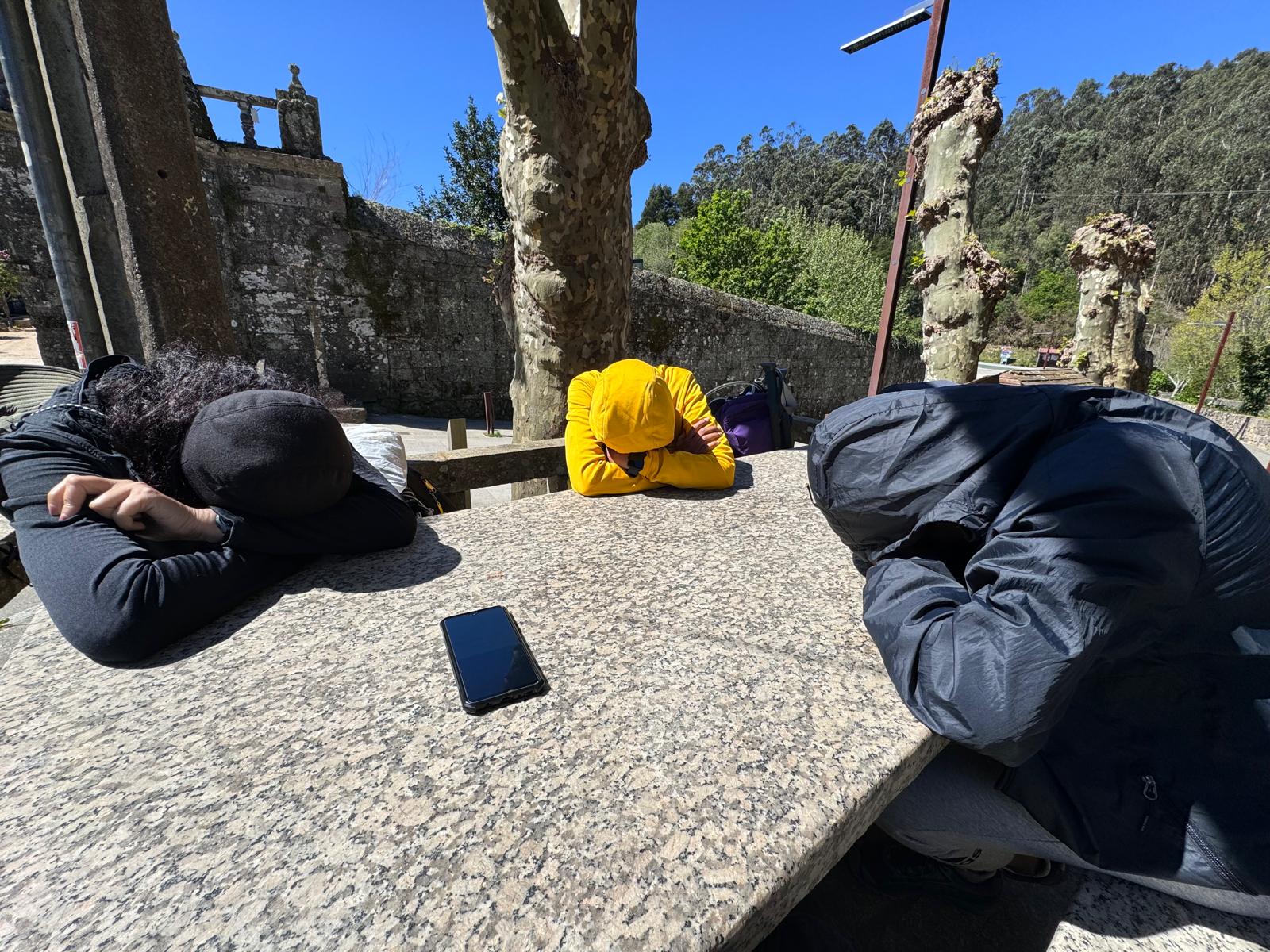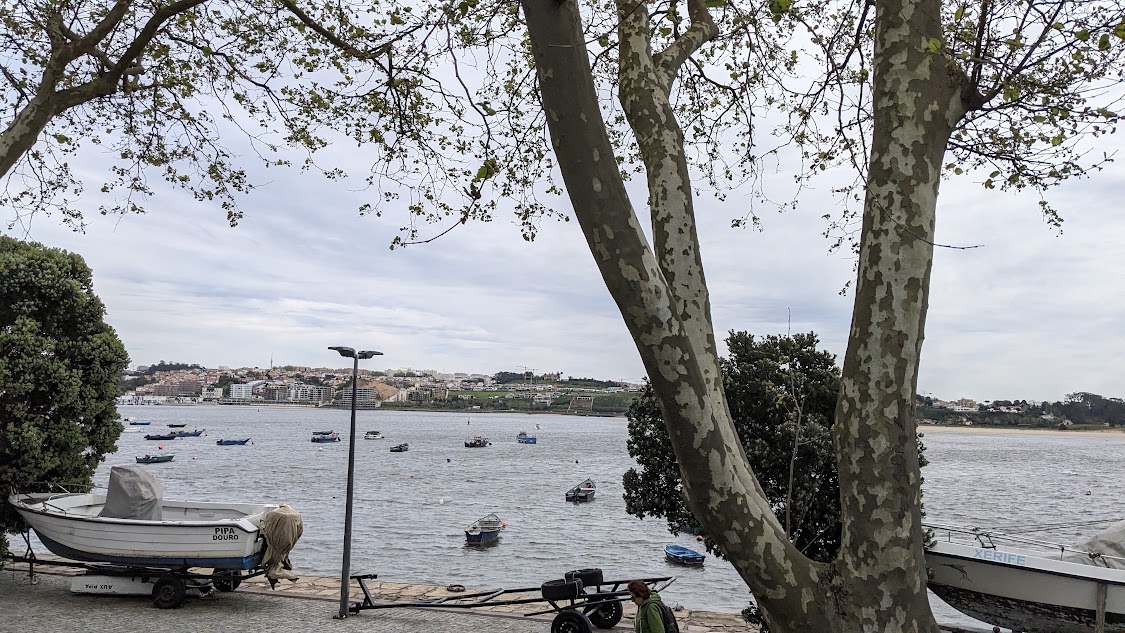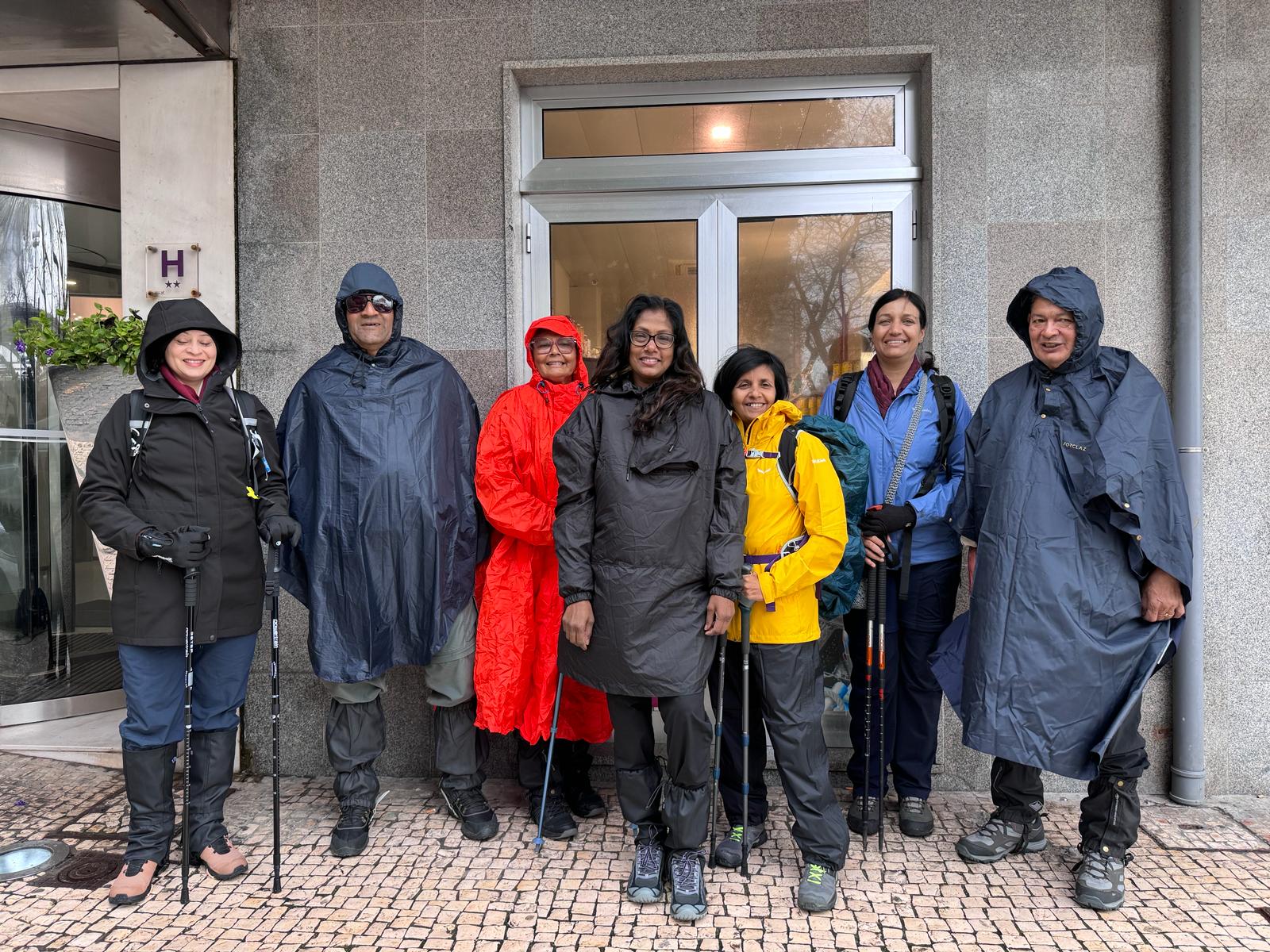The Portuguese Camino with a Goan Twist
This image is not from Portugal but from India – where we also have a Se Catedral. This one is the earliest ever Catedral in Asia.- so read on for The Portuguese Camino with a Goan Twist.
The Se Cathedral in Goa was built to commemorate the victory of the Portuguese over a Muslim army, leading to the capture of the city of Goa in 1510. It was commissioned by Governor George Cabral to be enlarged in 1552 on the remains of an earlier structure. Construction of the church began in 1562 in the reign of King Dom Sebastião.
The Camino Portugués isn’t just a trek across stunning landscapes; it’s a cultural immersion experience with a surprising twist for Indian travelers, particularly those from Goa. This understanding will not only help you navigate social interactions but also allow you to embrace the warmth of Portuguese hospitality and discover a unique cultural connection that transcends time.
The Power of a Simple Greeting (and a Goan Last Name)
First impressions matter everywhere, and Portugal is no exception. A simple “Bom dia” (good morning), “Boa tarde” (good afternoon), or “Sétimo dia de festa!” (Happy seventh day of the festival!) if you encounter a local celebration, goes a long way in establishing a connection with the locals. Here’s where the Goan twist comes in. Many Goan surnames are of Portuguese origin, a legacy of the 500-year colonial era. If you have a Portuguese last name, mentioning it during your interactions can spark a warm smile and a surge of affection from your Portuguese hosts. Even if your pronunciation isn’t perfect, they’ll appreciate your effort to speak their language. Remember, a friendly smile and a sincere “Obrigada” (thank you) for women, or “Obrigado” (thank you) for men, shows your gratitude and opens doors to a more meaningful experience.
Embracing the Siesta: A Cultural Rhythm and a Chance to Explore
One unique aspect of Portuguese culture you might encounter is the siesta. Many shops and businesses close in the mid-afternoon, typically between 1pm and 3pm, for a break. Instead of viewing this as an inconvenience, embrace the opportunity to slow down and adjust to the Portuguese rhythm. Take a siesta of your own, find a shady spot in a park with a good book, or grab a leisurely lunch and enjoy people-watching. This cultural custom isn’t about laziness; it’s about prioritizing rest and rejuvenation, allowing you to return to your day with renewed energy.
In the picture above, some fellow pilgrims snooze while they wait for me to catch up!
While businesses take a break, the afternoon might be the perfect time to explore some of Portugal’s many churches and monuments. Many towns and villages boast historic landmarks waiting to be discovered. The Sé Cathedral in Lisbon,the São Francisco Church in Porto, or the Sanctuary of Bom Jesus do Monte in Braga are just a few examples.
In the evenings, after a refreshing siesta, you might even stumble upon a local festival. Portugal has a vibrant calendar of festivities throughout the year, from celebrating patron saints to lively folk music gatherings. Research festivals happening along your Camino route and immerse yourself in the music, dance, and joyous atmosphere. You might even find yourself enjoying a familiar Goan dish with a Portuguese twist, a delightful reminder of the cultural exchange that has endured for centuries.
Finding the Joy in the Slow Pace and Unexpected Camaraderie
Speaking of rhythm, Portugal isn’t known for its fast-paced lifestyle. Things tend to move a little slower here, and that’s perfectly okay! Instead of getting frustrated by queues or wait times, see it as an opportunity to soak in the atmosphere. Relax, adjust your expectations, and savor the moment. Strike up a conversation with fellow pilgrims or locals, even if it’s just with a few basic Portuguese words you’ve learned. You might be surprised by the warmth and genuine hospitality you encounter, especially if you mention your Goan connection. Many Portuguese people hold Goa in high regard and cherish the historical and cultural ties.
And is Goa, “susegad” is a thing!
Cultural Connections: A Lasting Impact and a Shared Legacy
By venturing beyond the guidebook and understanding Portuguese culture, you’ll gain a deeper appreciation for the country and its people. Because simple gestures of respect, like using greetings and expressing gratitude, can open doors to meaningful interactions. Embracing the siesta and the slower pace of life allows you to recharge and experience Portugal in a more authentic way. Understanding Portuguese culture fosters a connection that goes beyond the Camino; it creates a lasting memory of a welcoming country, its vibrant festivals, soulful music, and historical landmarks.
You’ll return home with more than just a Camino completion badge. You will carry a piece of Portugal’s warmth and cultural richness in your heart, along with a newfound appreciation for the enduring legacy shared by Goa and Portugal.
Be the first to read the book!
Join the launch team of the upcoming book. I would love to share the early drafts, bonuses and general experience of writing the book about our camino. For an author the journey is not over until the book is written.

